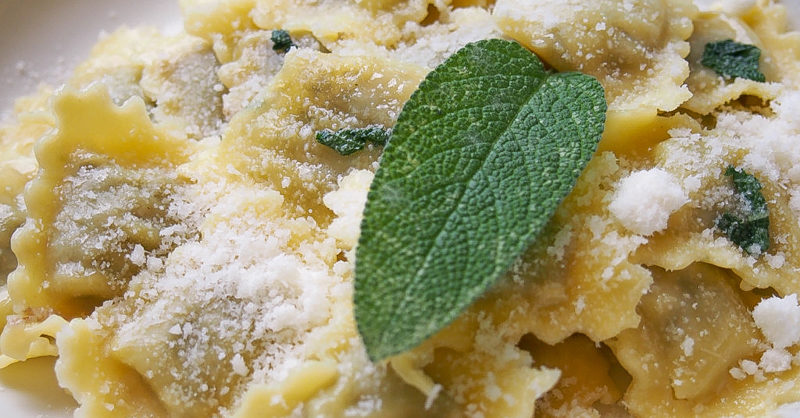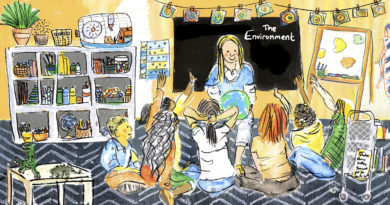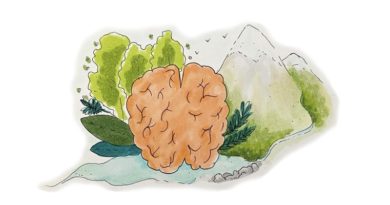A Traditional Italian Christmas Meal
If you plan to visit Italy around Christmas, everywhere you go you will encounter Panettone, the sweet bread loaf that traditionally comes with raisins, but nowadays is found also with candied fruit or chocolate chips. Despite being sold in shops across Europe all year long, Panettone is indeed “the” distinctive sweet eaten by Italians at Christmas. Iginio Massari is the Italian master pastry chef and you can find his recipe in detail here.
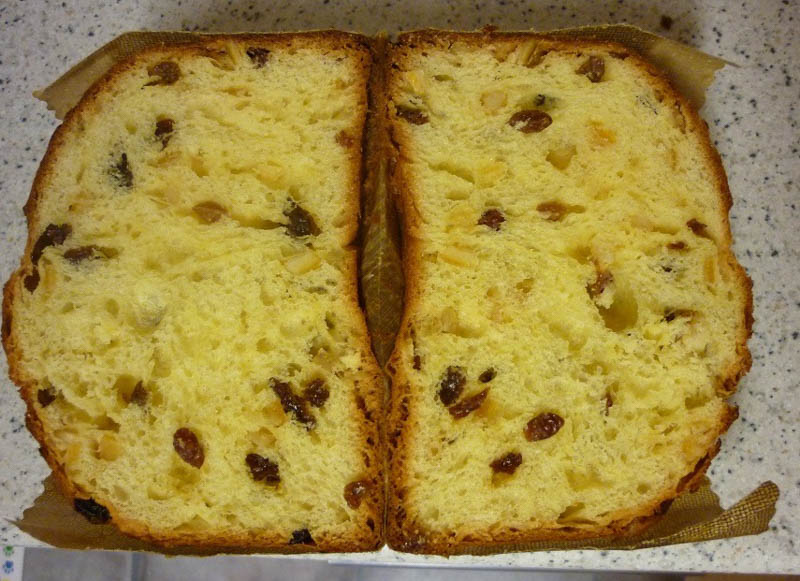
Exploring the Christmas menus served in Italy, from North to South, one will certainty find very different dishes that reflect the specific diversity of the Italian regions. If I would prepare my own Christmas meal in a way to represent the variety of traditions across Italy, I would serve Agnolotti Piemontesi as primo (first dish), followed by Cappone Ripieno as secondo (second dish), accompanied by Insalata di Rinforzo as contorno (side dish which accompanies a main dish). Below are the recipes.
Agnolotti Piemontesi
Agnolotti Piemontesi or “del Plin,” a square-shaped type of pasta folded over a meat filling, is the Christmas dish for the people of Piemonte. History tells us that this dish, popular among farmers, was initially conceived to use up the leftovers of meat (i.e., pork, beef and sausage), which are added together to create a delicious pasta filling. The origin of the name is unclear, with some saying it derives from Angelot, the chef inventor of the recipe; others suggest the name comes from the ring-shaped cutter used to give the pasta its shape.
Visiting Piemonte at Christmas, you will find Agnolotti in every trattoria. In Turin, the best place to eat Agnolotti is Ristorante Monferrato. This well-known yet quite expensive restaurant is located in the centre of Turin. However, if you have the chance to travel across Piemonte and can visit Cuneo region, the Ristorante La Contea in Neive, near the city of Cuneo, is a famous place to eat Agnolotti.
You can also try to cook Agnolotti at home. Below is a recipe to serve 4 people.
Ingredients for the filling:
- 500 g pork
- 500 g beef
- 300 g sausage
- 1 glass white wine
- 75 g of sweetcorn
- 2 eggs
- 50 g Parmigiano cheese (Parmesan)
- Rosemary
- 1 onion
- Salt and pepper to taste
For the pasta:
- 300 g flour
- 4 eggs
- Salt
Method
Fry the meat with the wine until browned, adding a pinch of salt. Fry the sausage in butter, then add the sausage to the meat and mince all together. Add the raw egg, cheese and pepper (as you like). Mix all together.
Mix all together and roll the pasta to obtain two lightly floured surfaces. On a floured surface, place portions of meat filling, as big as walnuts and at 3 cm distance from one another. Use the other floured surface to cover the meat. Cut the Agnolotti with a pastry wheel. Cook the pasta in boiling water for a few minutes and top with a sauce of butter and sage or meat ragù or Fontina cheese.
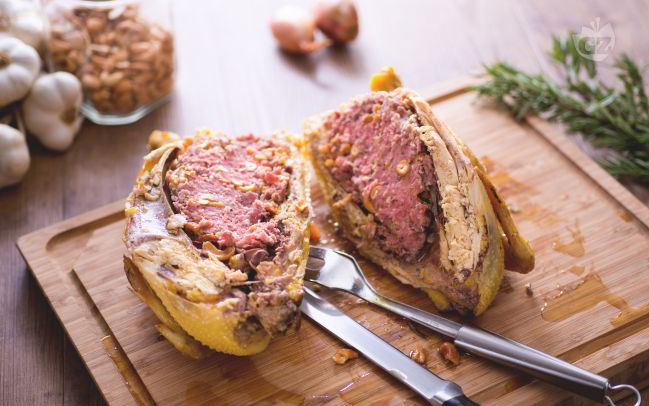
Cappone Ripieno
In Lombardy, Milan’s region, the traditional Christmas meal is not complete without Cappone Ripieno. The name of this dish originates from the Greek word Kapto, which means to cut and refers to the castration of the rooster at the age of six months, which makes the meat very tender. Until a few decades ago, farmers in Lombardy used to farm four capons to be eaten: one on December 8th (St. Ambrogio Day, the patron of Milan), one on Christmas day, one on New Year’s Eve and one on January 7th (Epiphany). This tradition of farming four capons is described in I Promessi Sposi, The Betrothed (1827), famous novel from the Italian author Alessandro Manzoni.
Over Christmas in Lombardy, Cappone Ripieno can be found in any restaurant. If you have the chance to travel around the region, my personal recommendation is to try the dish as served at Trattoria Masuelli in Milan; or at
Ludovico il Moro in Vigevano, near Pavia; or at Ristorante Pomiroeu in Seregno, which is just outside Milan. You can also eat Cappone Ripieno in several restaurants in Cremona, a city situated in Lombardy, on the left bank of the Po River, where you can also find lots of typical shops selling local Mostarda (mustard) and Torrone (nougat).
Recipe for Cappone Ripieno (serves 6 to 8)
Ingredients for the filling:
- 200 g minced veal meat
- 100 g minced pork meat
- 50 g cooked ham
- 50 g Mortadella
- 50 g Parmigiano cheese
- 2 spoonfuls of breadcrumbs
- 1 egg
Method
Mix the ingredients and stuff a capon (of about 1.5 kg) with this filling.
The stuffed capon is then traditionally cooked in boiling water together with one onion, celery, carrot, parsley, salt and pepper for about two hours. However, some people prefer to roast the capon – in the oven at 180°C for at least two hours.

Insalata di Rinfozo (Cauliflower Salad)
Insalata di Rinfozo is one of the most traditional side dishes in Naples served on Christmas Day. The main ingredient of Insalata di Rinforzo is cauliflower, spiced with red peppers in vinegar and olives, assembled with capers and anchovies. Rinforzo translates to “reinforcing.” Some claims that this salad accompanies a main course based on spaghetti with clams and fish, thereby reinforcing or adding vigor to such a main dish, which is “light” because it lacks meat. For others, the name resembles the strong (reinforced) taste of the salad. A good friend of mine, who grew up near the Amalfi Coast, says this salad is delicious. Her recipe for the side dish is below.
Ingredients
- 1 medium cauliflower
- Capers
- Handful of black olives
- 1 cucumber (optional)
- 2 or 3 red peppers in vinegar, in Italian called sottoaceti (similar to pickled vegetables)
- 1 small tin of anchovies
- Salt and pepper to taste
- Oil
- White wine vinegar
Method
Boil the cauliflower in salty water then chop it into smaller pieces. Place the cauliflower in a large bowl with all of the ingredients. Mix well and leave a few hours before serving.
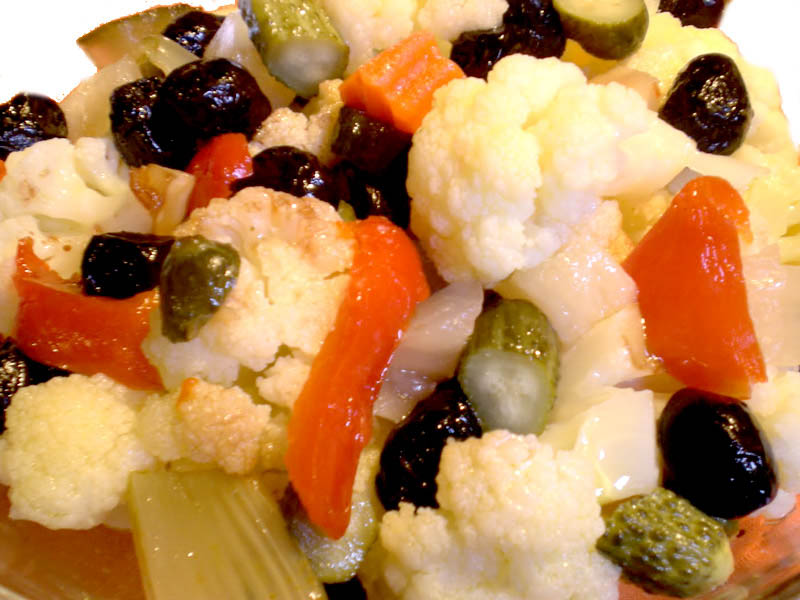
By Valeria Camia
Valeria Camia lives in Lugano with her family. She is very interested in the bilingual upbringing of children. Valeria writes for l’altraitalia magazine about society and parenting and for other online magazines too. She narrates the adventures of her bilingual family in her personal blog. Follow her blog and find her on Twitter.
Photo credits:
- Panettone: https://www.dissapore.com/ricette/panettone-iginio-massari-guida-completa/
- Agnolotti : http://www.mole24.it/2015/05/08/la-ricetta-per-preparare-gli-agnolotti-alla-piemontese/
- Cappone Ripieno from GialloZafferano: http://ricette.giallozafferano.it/Cappone-ripieno.html
- Insalata di Rinforzo: http://www.alimentipedia.it/insalata-di-rinforzo.html

